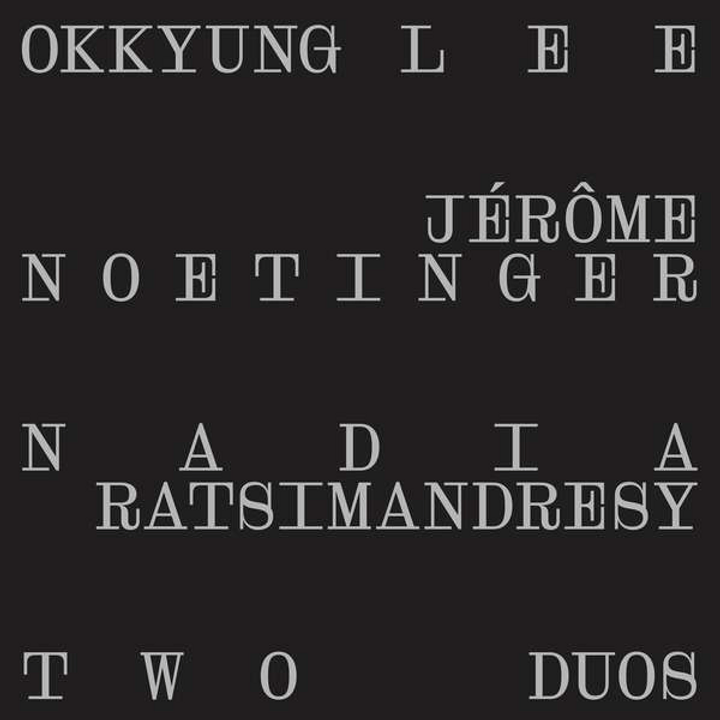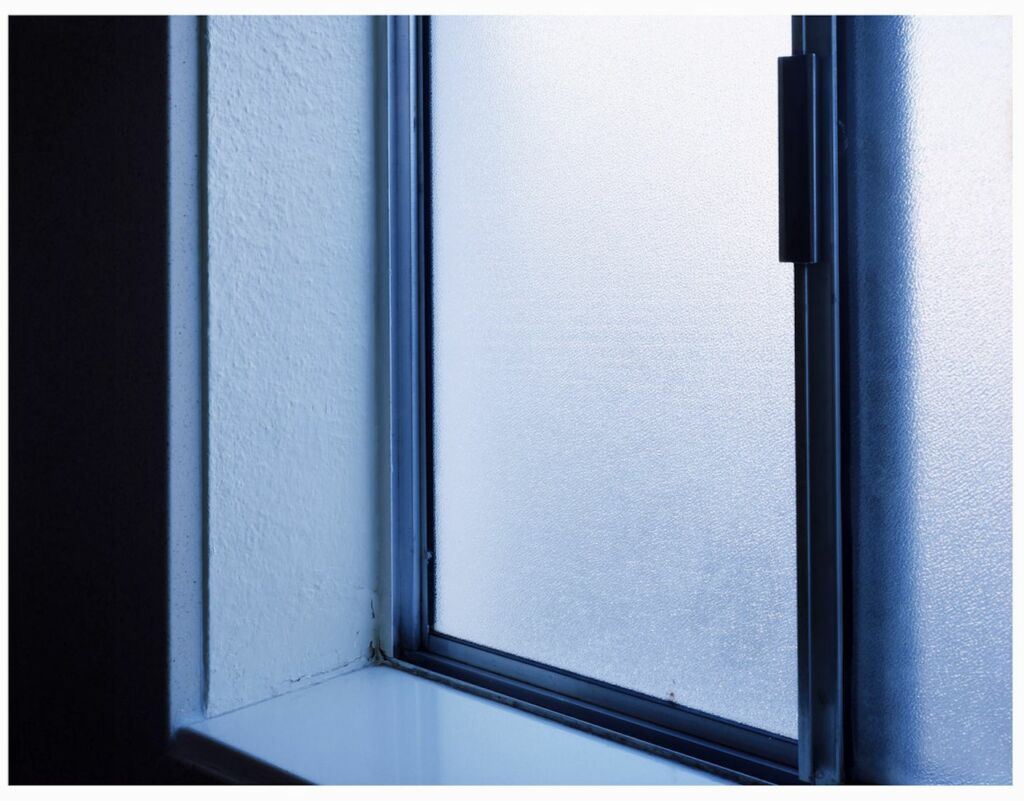Interview by Agata Kik

Letting sounds speak, strings sing, the South Korean-born artist Okkyung Lee is probably mostly known for her improvised interactions with the cello, while her experimental composition and improvisation practice is not limited to traditional instruments. The artist expresses her eccentric voice in an utmost interdisciplinary way, relentlessly reinventing music-making and performing on stage. Influenced by her motherland’s traditions and childhood experiences, inspired by noise, improvisation, jazz, and western classical, her sound pieces are like space-time capsules reimagining what has already passed while moulding the past-present-future collapse of a listening act.
In Lee’s pieces, the cello is often played viscerally, uttering guttural timbres that resonate within the instrument’s belly. The listening subject cannot help but embrace the butterflies in the belly awakened every time the strings are plucked or scraped. Ghil, for example, is a quintessential album that expresses Lee’s unique artistic voice.
Recorded and produced by the Norwegian artist Lasse Marhaug, edited, but with no additional overdubs or other post-manipulation other than mastering, the album’s tracks were recorded in the crudest procedure possible, captured on a portable cassette recorder from 1976 that Marhaug had just bought second hand. The solo pieces sound rebelliously raw, while the sound of scraped strings and the tellurian timbre of the cello, tirelessly tear the inner ear of the listener. The repetitions and rhythmic phrases induce a trance-like underworldly experience.
Permeated by her sentimental character, Okkyung Lee’s music consists of memories gathered throughout the time the artist spent in Seoul, Boston, and New York. Having graduated from Berklee College of Music with a dual degree in contemporary writing and production and film scoring, Lee would then move to study contemporary improvisation at the New England Conservatory of Music to end up in New York and experiment with her classical background even further, absorbed in the art scene and getting involved in unorthodox collaborative artistic work. Okkyung, who also has done quite a few week-long residencies, took part in an art residency at The Stone, the famous experimental music performance space located in the east village (alphabet city to be exact), and among many other artists, they shared the downtown improvisation scene in New York.
More recently, Yeo-Neun, an album pressed in 2020 on Shelter Press label, figures as an entirely new quality of work, appearing as more melodic and composed for a single group for the first time in Lee’s career. Recorded by Yeo-Neun Quartet – an experimental chamber music ensemble founded in 2016 and led by Lee on cello, featuring harpist Maeve Gilchrist, pianist Jacob Sacks, and bassist Eivind Opsvik.
After slow beginnings in coming together as a group, thanks to Lee’s conviction, the quartet continued and will perform together for the first time in Europe during the 2023 edition of Rewire Festival in the Hague, the Netherlands.
Compared to all the other collaborations in Lee’s career based on improvisation, spontaneity and organic unpredictability, the Yeo-Neun Quartet is the longest-lasting in terms of the number of years the musicians have continued to come together. Translated from Korean as “a gesture of opening”, Yeo-Neun poses an unrefutable invitation to join the highly emotive stream of sonic storytelling.


Treating music as a speech of sounds, would you like to share what stories you transmit within your works?
I’m not sure if my intention is to share stories in my music, but it has some reflection of different moments that I might have experienced or imagined. You can also see that from my long-winding titles. Now, with my last solo album, “Na-Reul,” I have started to feel more comfortable expressing raw emotions with less filtering; I’m curious how that will continue in the future.
What is your relationship with the Cello? What attracted you to this particular instrument initially, and what do you think the cello brings to your multiple collaborations with other artists and musicians?
There was no attraction to the cello in the beginning since I was 6 years old when my mother chose it for me. The very first time I felt the faintest connection to my cello was when I was 17 years old, learning a Bach solo cello piece, which was shattered rather quickly by my cello teacher who said, “It is all wrong”. It was only when I started studying at the New England Conservatory of Music in 1998 that I could finally connect to my cello, and it was enthralling and revelationary.
Even though I definitely feel that my cello is a true extension of myself artistically, I feel cautious about it being the only identity in what I do, though. Many times, people are still focusing on what I’m “doing” with the cello rather than trying to listen to it as music. Of course, the collaborators I’ve been working with appreciate the musicality in what I do and allow me to bring in my personal voice as a whole.
How has your modern classical composition been influenced by the culture and tradition of South Korea, where you come from, and also through all your international travels and places you have lived?
From early on, even when I was a student, I had been composing pieces that had this sentimentality of mine as a teenager living alone in Seoul as the base. I left home when I was 12 to attend a classical music and art school and spent lots of time reading novels, and cartoon books, and watching VHS tapes (a very different experience from watching a DVD, in my opinion) alone. When I moved to Boston, that side of me somehow subsided inside because I felt so much freer than in Korea, probably.
Later on, when I started to compose more while living in New York, this sentimentality resurfaced in my compositions which I didn’t necessarily feel comfortable with since I was supposed to make “experimental” and “difficult” music. Gradually, I had to look at this side of myself and work on ways to incorporate it within a context that felt honest to me. If you listen to my previous studio albums, starting from “Nihm”, you will find quite many pieces in that vein.
“Yeo-Neun” happened to be an entire album with only pieces like that composed for a single group which I had never done. I’m not sure how others hear these pieces, but for me, they are all deeply connected to this sentimentality I decided to embrace fully. For example, “in stardust (for kang kyung-ok) is inspired by a famous Sci-Fi cartoon book of the same name I was obsessed with when I was 15, and it’s about this young girl who was an ordinary school girl in Korea but turned out to be an heir to a kingdom in another universe.
And my piece is my personal interpretation of the final moment of that cartoon. Then “one bright lazy Sunday afternoon (you whispered that name)” is the literal interpretation of one Sunday afternoon I vaguely remember from my teenage period. I cannot expect people to hear what I hear, but all I can do is make music that is honest and authentic to who I am at the moment.
You have just been to a residency at La Becque in Switzerland. How does the interplay of nature, the environment, and technology influence your compositional work?
I don’t have any specific approach to incorporating nature in my compositions, but I know its emotional impact on me. It can be this beautiful Lake Geneva I get to see every day or the random sights on my long train rides, or the “another random sky” I post on Instagram. These are reminders of the world and life that I don’t want to take for granted. I’m not sure technology plays a big part in what I do, but it’s something I use to realize something I cannot do single-handedly, such as “Teum”, which has at least 80 separate tracks of cello and serge sounds. There are some other programs I’d like to learn, but I’m a slow learner.
During Rewire Festival this year, for the first time in Europe, you present the Yeo-Neun Quartet – could you please share a bit more about the quartet’s beginnings, its development, inspirations and the other artists involved?
Yeo-Neun was very slow in coming together with no specific aims. I met Maeve Gilchrist when we both played for Ambrose Akinmusire’s piece at Monterey Jazz Festival in California in 2015. Her playing and sounds were just exceptional and left me with a huge impression. I was travelling quite a lot between New York and Europe, mostly doing solo performances, and didn’t see Maeve for a while. But later in 2016, I was doing a week-long residency at the Stone where you can present any projects you want to try out, I figured it would be a good opportunity to do something with her. Then I thought of bringing in a rhythm section and remembered that Jacob and Eivind had a special chemistry on top of being open-minded. So I had some sketches that we played loosely, and that’s how it started. We only played a few concerts live, but I kept developing pieces in between because I was convinced that this group could really bring out the personal voice in these tunes.
You’ve spoken about how you aim to make your work as accessible to all audiences as possible. What does having developed many site-specific works in the past, influenced by the physicality of the place and the materiality of the instrument’s sonic textures? Could you share some insights into what you have in mind, particularly when thinking about this year’s edition of Rewire in Den Haag? What could we see more of in the music industry to enable greater accessibility for all?
Unfortunately, I won’t be able to bring in site-specific elements to Rewire since it’s a tightly scheduled festival with many other musical acts involved. Whenever I do performances in more non-conventional music spaces, I try to do site visits first to understand the space and the acoustics better, but it’s not always possible. When I did two performances at Haus der Kunst at the end of November last year, they were generous in letting me use two very different spaces in the building, and I was able to spend a few days creating site-specific pieces, which was a great prestige.
What’s your chief enemy of creativity?
My laziness.
You couldn’t live without…
Looking up at the sky. Well, I’m sure I can live without it, but it would be very sad not to have those moments.






